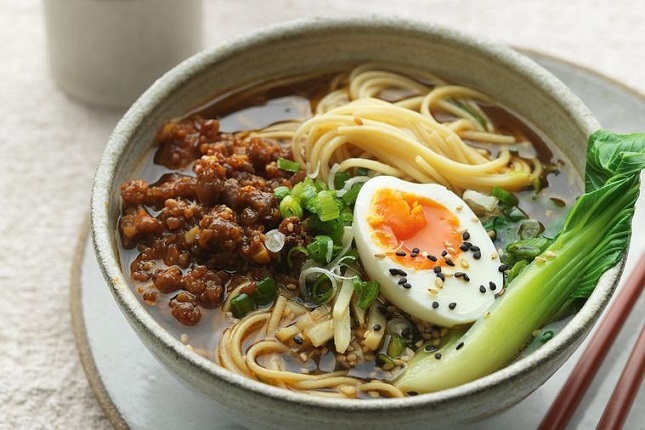Sushi

Sushi put Japan on the culinary map, so it’s only fair to put it at number one. The small, cold rolls of rice date back to the 4th century BC, used to preserve fish – today, they’re a crowd-pleaser dipped in soy sauce. Making sushi is an art, and it takes decades to become a true sushi master: you’ll spend years just learning how to prepare the rice properly. Ginza in Tokyo and fishing ports around the country are renowned for offering the best sushi, but you can also head to a kaiten-zushi – one of the many conveyor belt restaurants that are more wallet-friendly.
Tempura
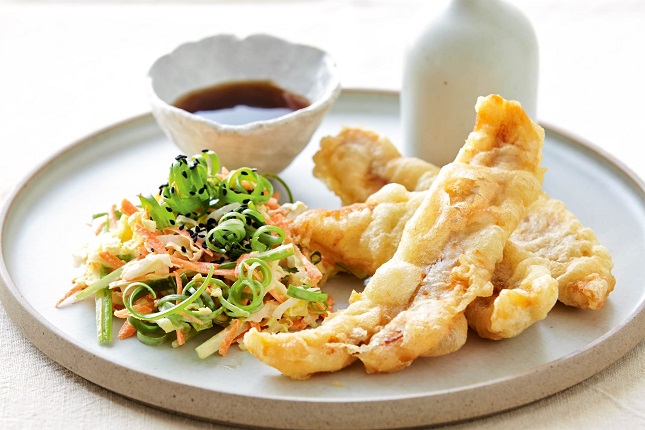
In the 16th century, Portuguese Jesuit missionaries landed in Nagasaki and introduced Japan to the life-changing art of frying. The Japanese took their own twist by dipping seafood or vegetables in batter before deep-frying them to perfection. This delicious oishii, or snack, is a great accompaniment to rice, noodles, or grilled food.
Ramen

Ramen is one of the most popular and inexpensive dishes in Japan, so it's no surprise that it's also a favorite among students. Ramen is simply delicious: You take some Chinese-style noodles (they're yellow and look a bit like spaghetti), put them in a broth, and add a few other ingredients, like sliced meat, dried seaweed, and green onions. Many people eat Ramen for lunch, and it's considered a fast food in Japan. However, most restaurants have their own recipes, making it a unique umami experience.
Soba
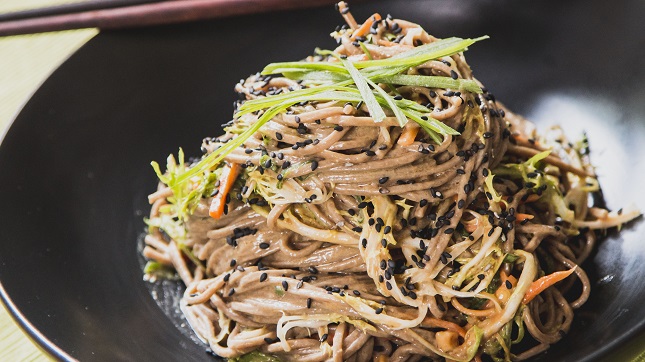
Soba, the Japanese word for buckwheat, are thin, spaghetti-like noodles made from—surprise!—buckwheat flour, giving them a gray/brown color. Soba noodles are a favorite in Tokyo and date back to the Edo period (1603-1868), when they became popular with Samurai. They are often topped with egg, tempura, or other ingredients and can be served hot or cold, in broth or dry. Cold soba noodles are served with a soy sauce dipping sauce called tsuyu, and it was an experience that later made me decide I was on Team Hot Soba.
Udon
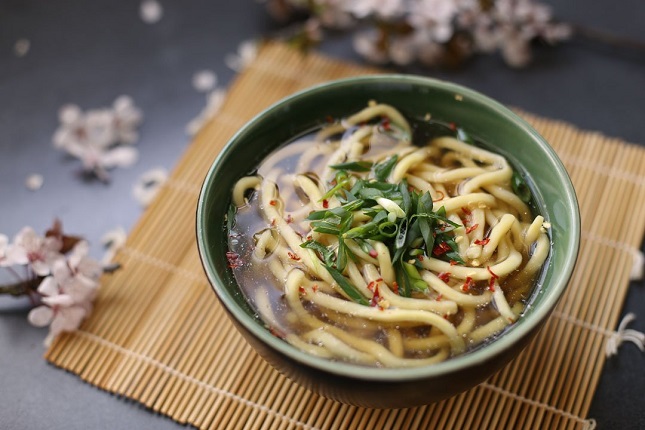
We’re still on the noodle theme and moving on to udon, the thicker, more chunky cousin of soba. Udon noodles are essentially served in broth and can be topped with green onions, tempura, or tofu. If you spend enough time in Japan, people will ask if you’re an udon or soba person, so make sure you try them all and find your favorite. But whether you’re eating ramen, soba, or udon, always slurp your noodles—it’s considered polite and shows you’re enjoying your meal.
Takoyaki

Takoyaki are small dumplings stuffed with squid, cabbage, or dried shrimp and topped with sauce. You'll find them at street vendors and food courts all over Japan, and they're the perfect on-the-go snack: They're bite-sized and—because they're made in a special molded pan—almost perfectly round.
Onigiri

Anime fans may recognize this dish from Pokemon and Sailor Moon. Onigiri is a roll of boiled rice topped with salty or sour toppings, such as prunes, salmon, or cod, wrapped in a sheet of dried seaweed (nori). You can find it everywhere in Japan, even in a grocery store.
Okonomiyaki
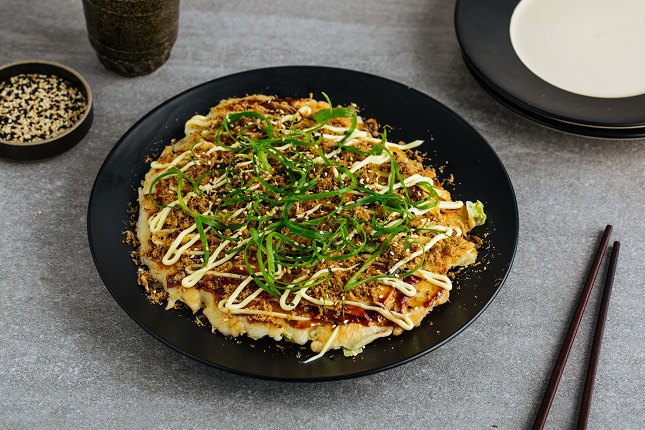
Okonomiyaki is a combination of the word okonomi, which means “what you love” or “what you want,” and yaki, the Japanese word for “grilled” or “cooked.” It’s a savory Japanese pancake made up of a variety of ingredients—I had some cheese, soba noodles, green onions, garlic fries, pork, egg, and kimchi, for example. There are many different ways to prepare and serve okonomiyaki; my experience involved a line of chefs preparing different orders and then serving them in a small flat stove that keeps the pancakes nice and hot, pizza-like. To eat it, use a small spoon—and the rest is delicious history.
Yakitori

These charcoal-grilled chicken skewers go best with a cold drink. Yakitori comes in different parts of the chicken – from thighs to skin, wings to liver, so we recommend you don’t be shy and try all the skewers you come across.
Katsudon
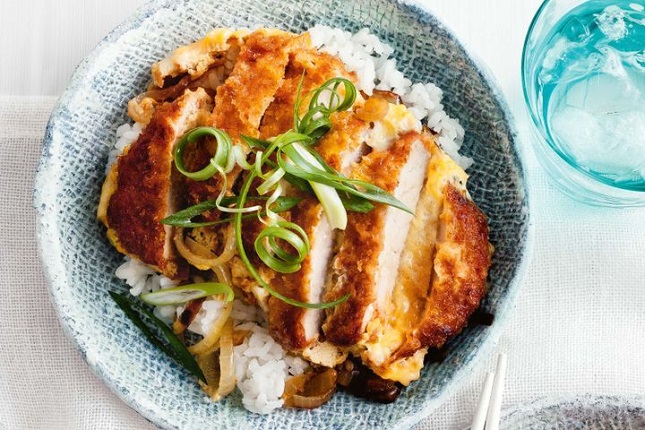
Similar to Kat-so-yum, this dish is a bowl of rice, served with a fried pork cutlet and an omelet. Katsudon is not only delicious, but also brings good luck to students, athletes, or anyone who needs luck: The first part of the dish, katsu, sounds a lot like the Japanese word for “to win” or “to triumph.” (So, make sure you try katsudon before your next exam. If you don’t get a good grade, at least you had a good meal.)





